کتاب فرمول ها، مواد تشکیل دهنده و تولید لوازم آرایشی و بهداشتی
کتاب فرمول ها، مواد تشکیل دهنده و تولید لوازم آرایشی و بهداشتی
نام کتاب: Formulas, Ingredients and Production of Cosmetics
تاریخ انتشار: 2013
زبان: انگلیسی
تعداد صفحات: 187 صفحه
نوع فایل: PDF
نویسنده : Hiroshi Iwata/ Kunio Shimada
150,000 ریال
کتاب فرمول ها، مواد تشکیل دهنده و تولید لوازم آرایشی و بهداشتی
راهنمای جامع برای تولید و فرمولاسیون لوازم آرایشی می باشد .
همچنین شامل فهرست جامعی از موضوعات از جمله اصول اولیه تولید لوازم آرایشی مانند مواد اولیه لوازم آرایشی و کاربردهای آنها، تکنیکهای عملی و تکنولوژیهای طراحی و تولید لوازم آرایشی و همچنین دانش نظری، امولسیون سازی، ارزیابی حسی مواد آرایشی و نحوه ایجاد محصولات شوینده مانند صابونها، شامپوها، نرم کننده ها، کرم ها و غیره است
Contents
Part I Ingredients and Productions of Cosmetics
1 Developing the Formulations of Cosmetics
1.1 Classification and Categories of Cosmetics
1.1.1 Parts of the Body
1.1.2 Efficacies and Effects
1.1.3 Purpose of Use
1.1.4 Method of Use
1.1.5 Properties and Product Forms
1.2 Constituents of Cosmetics
1.2.1 Ingredients for Giving the Product Form
1.2.2 Ingredients for Stabilizing the Products
1.2.3 Ingredients for Giving Efficacies, Effects, and Concepts
1.2.4 Ingredients Acting on the Senses of Users
1.3 Categories of Cosmetics and Product Forms
1.3.1 Toilet Soaps and Cleansers
1.3.2 Shampoos
1.3.3 Conditioners
1.3.4 Creams
1.3.5 Leave-on Hair Care Products
1.3.6 Cosmetics Mainly Consisting of Oil
1.3.7 Facial Toner
1.4 Points to Note for Using Ingredients in Cosmetics
2 Raw Materials of Cosmetics
2.1 Oils
2.1.1 Hydrocarbons
2.1.2 Vegetable Oils and Fats
2.1.3 Waxes
2.1.4 Esters
2.1.5 Higher Alcohols
2.1.6 Fatty Acids
2.1.7 Silicones
2.2 Surfactants
2.2.1 Anionic Surfactants
2.2.2 Cationic Surfactants
2.2.3 Tertiary Amines
2.2.4 Amphoteric Surfactants
2.2.5 Nonionic Surfactants
2.3 Polymers
2.3.1 Structure of Polymers
2.3.2 Purposes of Using Polymers
2.3.3 Dissolving Polymers
2.4 Glycols
2.4.1 Kinds of Glycols
2.4.2 Purposes of Using Glycols
2.5 Other Ingredients
2.5.1 Ingredients for Giving Efficacies, Effects, and Concepts
2.5.2 Coloring Agents
2.5.3 Scenting Agents
2.5.4 Ingredients for Stabilizing Products
References
3 Emulsions
3.1 Designing the Formulations of Emulsions
3.1.1 Formulation of Emulsifiers
3.1.2 Selecting Surfactants
3.1.3 Selecting Oily Constituents
3.2 Factors Affecting Viscosity and Stability and Preventive Measures
3.2.1 Separation and Viscosity Increase at High Temperatures
3.2.2 Separation and Viscosity Increase at the Room Temperature
3.2.3 Effects of Salts
3.2.4 Factors Causing Destabilization of Emulsions
3.3 Emulsification
3.3.1 Emulsification Method
3.3.2 Emulsification Device
3.3.3 Conditions of Emulsification
Reference
4 Sensory Properties of Cosmetics
4.1 Expressions of Sensory Properties
4.1.1 Classification of Expressions
4.1.2 Favored Senses
4.2 Sensory Evaluation
4.2.1 Points to Note in Human Sensory Evaluation
4.3 Sensory Properties of Alkyl Groups
4.3.1 Sensory Properties of Oils
4.3.2 Sensory Properties of Surfactants
4.3.3 Sensory Properties of Glycols
Part II Formulas and Productions of Cosmetics
5 Practice of Designing Cosmetics Formulations
5.1 Soaps and Cleansers
5.1.1 Combinations of Ingredients and Products
5.1.2 Toilet Soaps
5.1.3 Cream Soaps
5.1.4 Liquid Soaps
5.1.5 Viscous Soaps
5.1.6 Cleansing Cosmetics
5.2 Shampoos
5.2.1 Purposes of Shampoo Formulation and Constituents
5.2.2 Anionic Surfactants
5.2.3 Amphoteric Surfactants
5.2.4 Cationic Polymers
5.2.5 Pearlizing Agents
5.2.6 Influence of Salts
5.2.7 Thickeners and Bubble Stabilizers
5.2.8 Ingredients for Improving the Feel of Use
5.2.9 Efficacious Components and Conceptual Components
5.2.10 Stabilizers, Preservatives, and Acidity Regulators
5.2.11 Sensory Evaluation of Shampoo
5.2.12 Methods of Adding Scenting Agents
5.2.13 Designing Shampoo Formulations
5.3 Hair Conditioners
5.3.1 Sensory Characteristics of Conditioners
5.3.2 Adjusting the Viscosity of Conditioners
5.3.3 Basic Prescriptions and Constituents
5.3.4 Sensory Evaluation
5.3.5 Prescriptions of Conditioners of Various Sensory Characteristics
5.4 Skin Creams
5.4.1 Constituents of Skin Creams
5.4.2 Investigation of Oily Constituents
5.4.3 Selection of Emulsifiers
5.4.4 Addition of Polymers
5.4.5 Selection of Glycols
5.4.6 Formulation of Low-Viscosity Creams
5.4.7 Formulation of Gel Creams
5.4.8 Formulation of Massage Creams
5.5 Leave-On Hair Care Cosmetics
5.5.1 Hair Creams
5.5.2 Cationic Hair Conditioners
5.5.3 Hair Waxes
5.5.4 Hair Gels
5.5.5 Hair Mist Liquids
5.5.6 Hair Oils
5.6 Cosmetics Mainly Consisting of Oils
5.6.1 Characteristics and Techniques for Designing Formulations
5.6.2 Liquid Oil Cosmetics
5.6.3 Solid and Stick-Type Cosmetics
5.7 Facial Toner
5.7.1 Sensory Characteristics of Facial Toner
5.7.2 Safety of Ingredients
5.7.3 Properties and Constituents of Facial Toner
5.8 Cosmetics not Containing Specific Ingredients
5.8.1 Transparent Shampoo Consisting of Ingredients of Vegetable
Origin
5.8.2 Pearl Shampoo Not Containing Sodium Laureth Sulfate
5.8.3 Shampoo Not Causing Buildup of Hair
5.8.4 Hair Conditioner Not Containing Specific Ingredients
5.8.5 Cream Using Food Additives as Surfactants
5.8.6 Gel Cream Not Containing Specific Ingredients
Index
محصولات مرتبط
-
کتاب های مرجع شیمی
حل المسائل انتقال حرارت لطیف جی جی ویرایش سوم
امتیاز 0 از 5200,000 ریال افزودن به سبد خرید

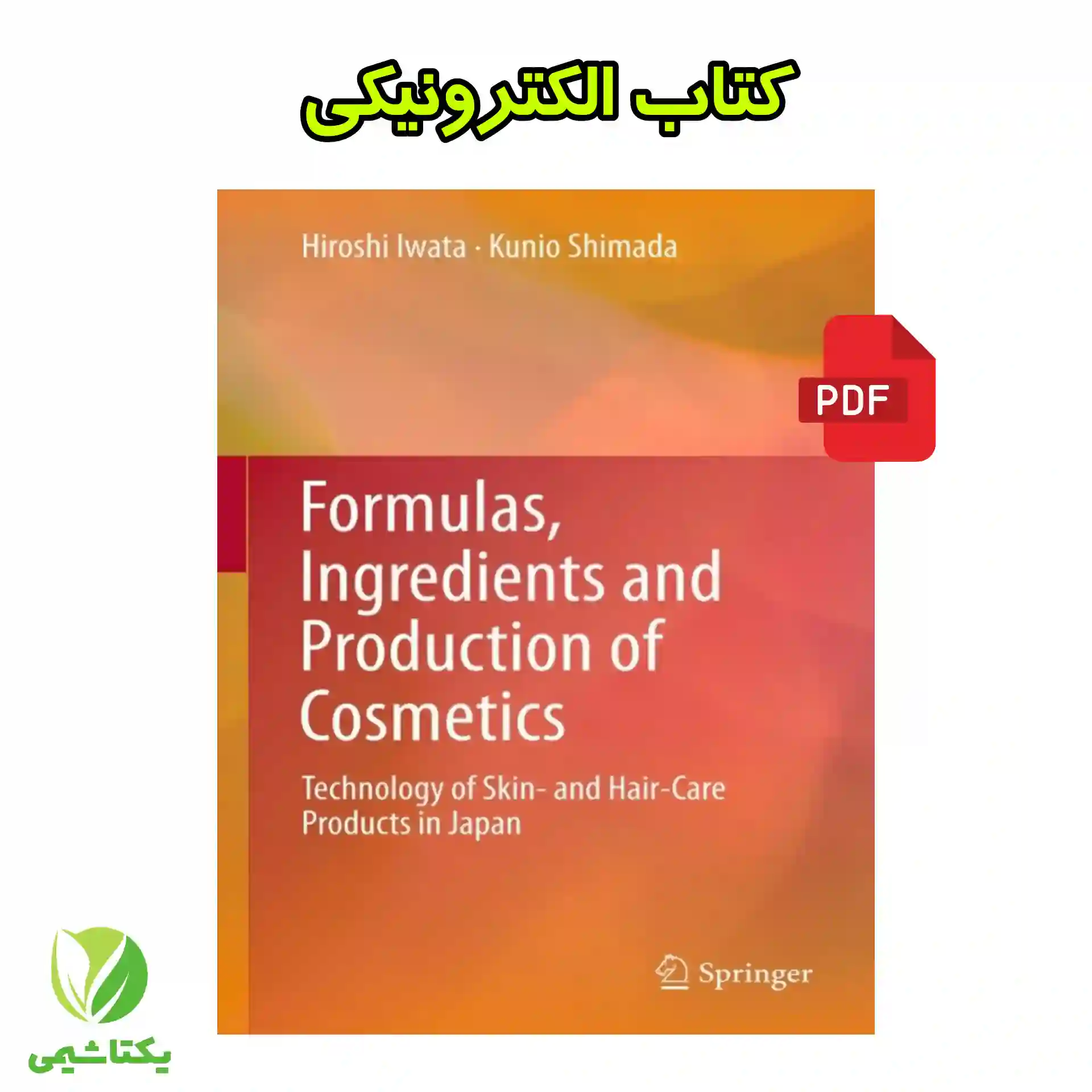
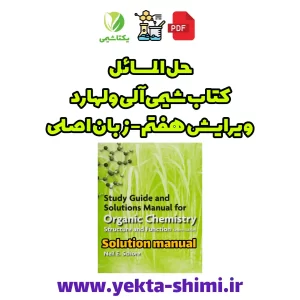
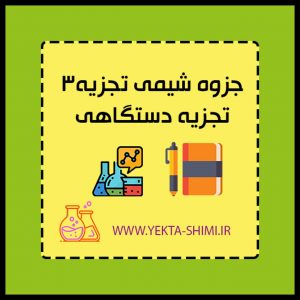
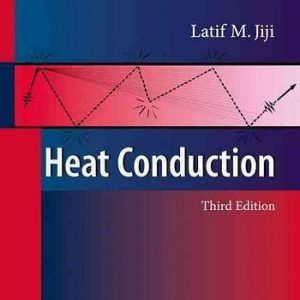
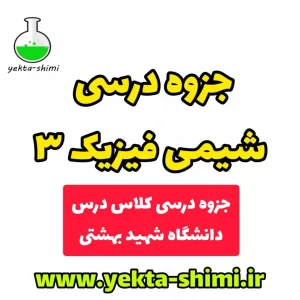
نقد و بررسیها
هنوز بررسیای ثبت نشده است.